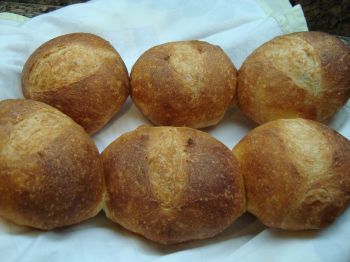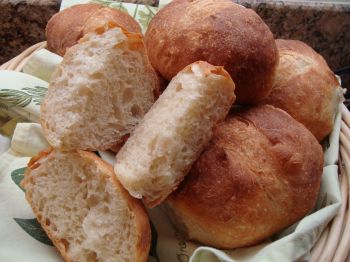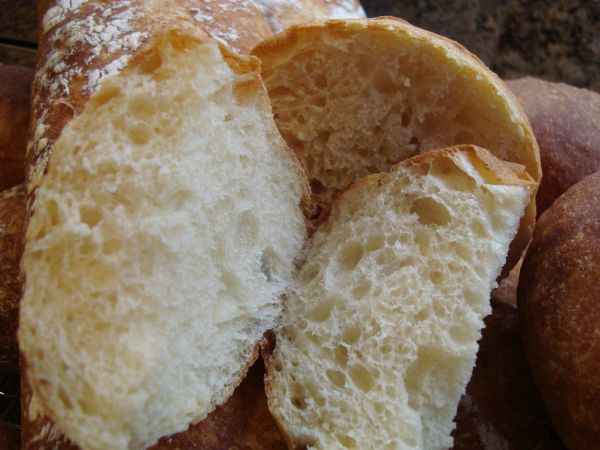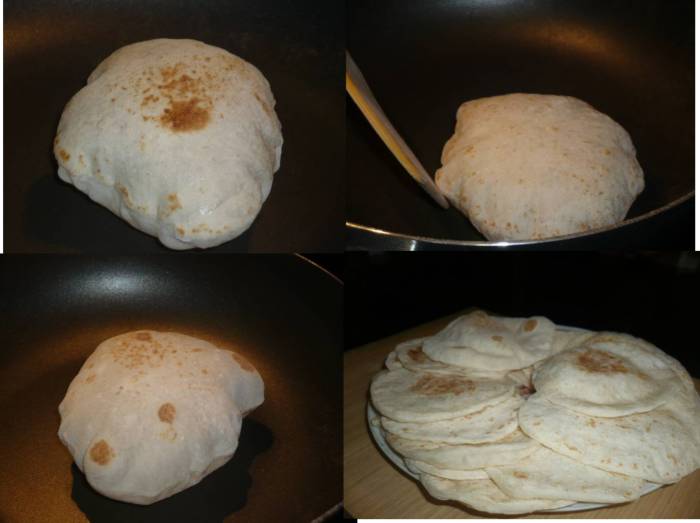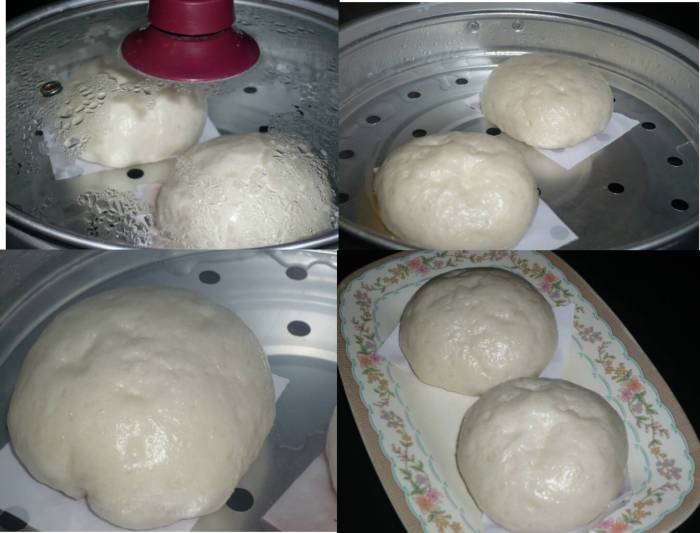Hand Milled White Flour Baguette
For the few of you following this adventure in milling, I thought I would post the baked results. I used my standard baguette formula which is posted elsewhere on this site, but briefly is all levain, 65% hydration with 15% of the flour pre-fermented with an inoculation rate of 25%. This is a formula that I have been baking every week for years with fairly consistent results. My standard baguettes are pictured elsewhere in my blog.
- Log in or register to post comments
- 11 comments
- View post
- proth5's Blog
